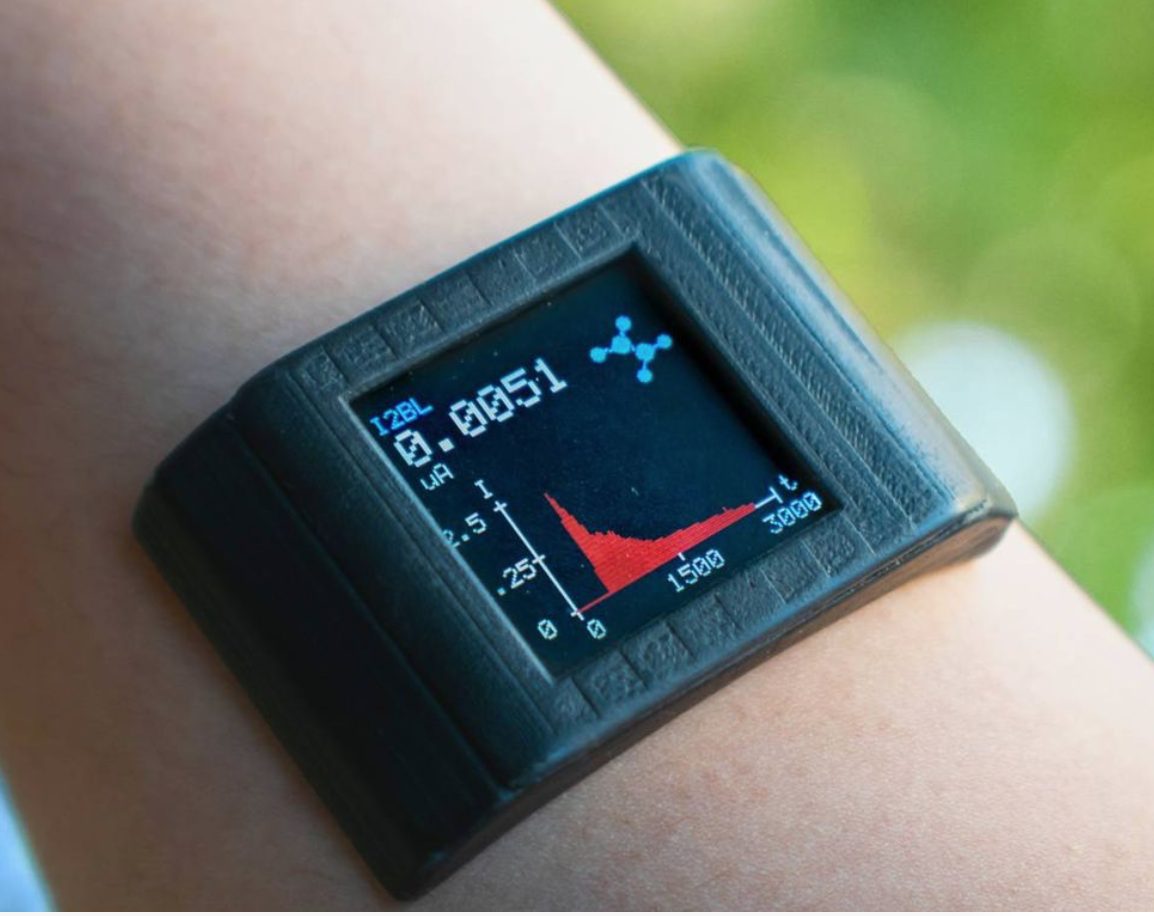Sam Emaminejad, Shuyu Lin, Carlos Milla, Ronald Davis and UCLA and Stanford colleagues have developed a watch which monitors drug levels inside the body by analyzing a wearer’s sweat. The goal is individually tailored drug dosages.
Dosages are currently prescribed based on statistical effectiveness averages driven by weight and age. However, constantly changing body chemistry and an ones genetic makeup affect how fast drugs are absorbed, take effect and are eliminated from the body.
Current efforts to personalize the drug dosage rely heavily on repeated blood draws at the hospital. The samples are then sent out to be analyzed in central labs. These solutions are inconvenient, time-consuming, invasive and expensive. That is why they are only performed on a small subset of patients and on rare occasions.
Emaminjegad wanted to “create a wearable technology that can track the profile of medication inside the body continuously and non-invasively” and he seems to have succeeded, using tiny droplets of sweat.
In a recent study, he tracked the effect of acetaminophen, over a period of hours, by stimulating sweat glands with an electric current, and accurately detecting the drug’s unique electrochemical signal, against the backdrop of signals from many other molecules that may be circulating in the body and in higher concentrations than the drug.
The technology can personalize pharmacotherapy approaches, and, according to Emaminejad also be used to monitor medication adherence and drug abuse.
